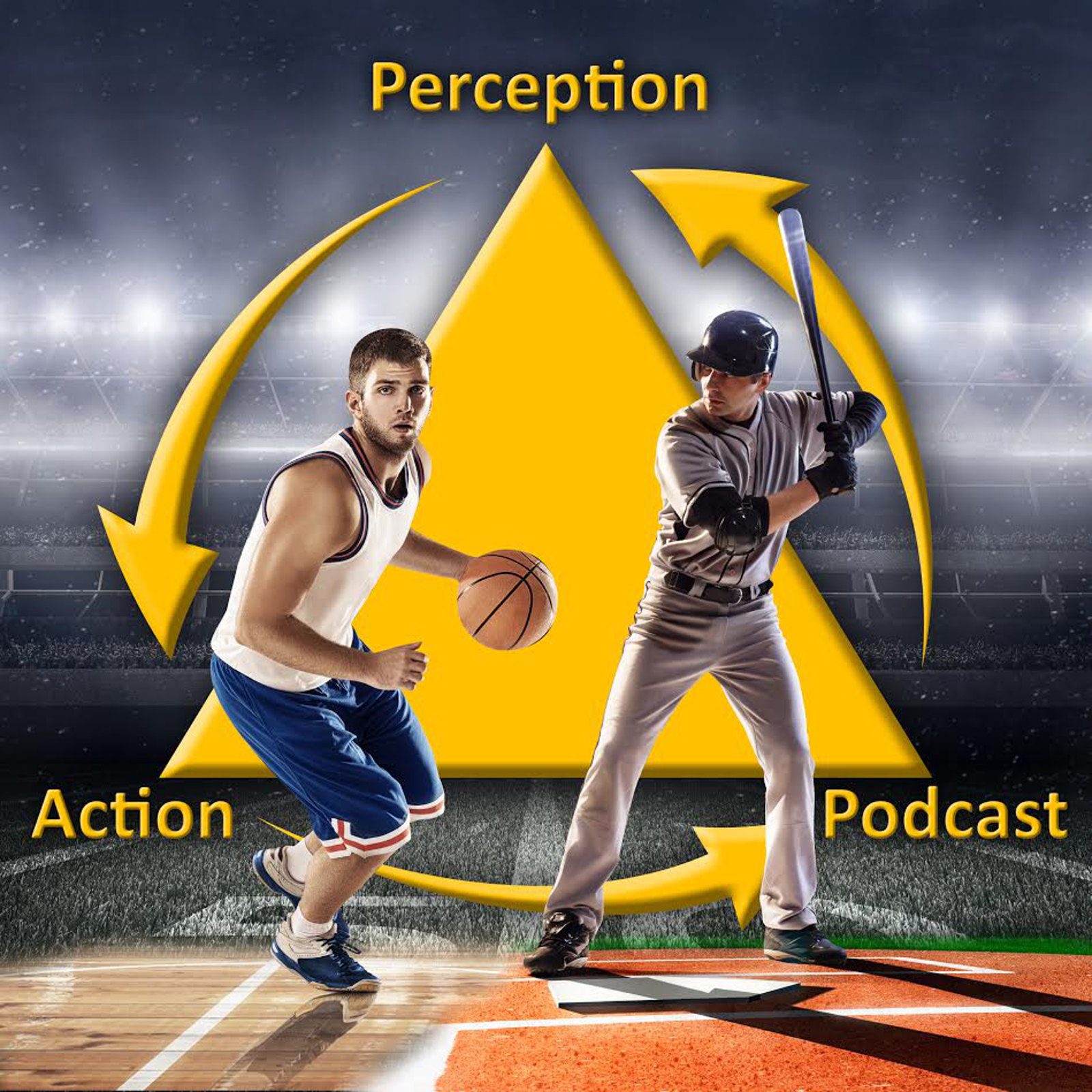The latest in skill acquisition and performance research from perceptonaction.com
-How can we re-train a person to use a limb that has lost function due to a condition like Parkinson’s Disease? In a fascinating new paper published in the journal Disability and Rehabilitation, Ossmy and colleagues implement mirror therapy in virtual reality to address this issue. Mirror therapy essentially involves tricking your brain into perceiving that your impaired limb is moving normally. For example, in amputees with phantom limb, watching the non-affected hand open and close in a mirror can help to relieve pain from the missing hand but it looks like it is moving. In this study, the authors created an environment in which the person viewed virtual limbs in the VR which were controlled by the unaffected limb. This gave the user the illusion that they had full control of their impaired arm. Training with a single patient led to both improvements in function of the arm and more activity in the brain areas that control it.
-One of the most intriguing and consistent findings that has come out of motor control research in recent years is the so called quiet eye. This is the finding that the length of last fixation on an object before movement is initiated is related skill level and performance success. More skilled performers keep their eyes still or quiet longer before they move, and even within an individual performer, the length of the quiet eye can predict if they were successful on a given trial or not. In a recent study published in the Journal of Sport and Exercise Psychology, Flindall and colleagues investigated how generalized and transferable the quiet eye is. For example, if I train you to look longer before putting golf, will that then lead you to look longer before taking a free throw in basketball? Their findings suggest the answer is no. Using highly skilled dart players, they found that the quiet eye duration are shortened when small changes to the task (including the throwing distance and grip) were made suggesting that the quiet eye does not transfer to atypical conditions. This adds to the very large pile of evidence against generalized perceptual training for sports. Keeping it quiet seems to require keeping it in context.
-Finally, what do coaches do when they are reviewing game video with their players? In a study published by Raya-Castalleno and colleagues, video sessions were filmed and analyzed. Coachers were also interviewed about their goals for these sessions. Interestingly, there were 3 types of cognitive dissonance between coaches goals and their actions. These were: lack of knowledge of the meaning of terminology, inability to explain the underlying rationale for coaching practice, and incongruence between statements and actual behaviors. A frequent example, that I have observed a lot myself, is coaching expressing a belief in the effectiveness of in things like guided discovery and self-organization but then just telling athletes what to do in a very prescriptive manner. I am sure these kind of misalignment between our goals and actions occurs for many of things we do in life (and it might hard to be told about them!) but awareness can lead to more effective application of a coaching philosophy so I think studies like these are valuable.
To enable the news briefing on your echo:
Go here: https://www.amazon.com/dp/B08CZ8Y2T2
OR
-From the Alexa app on your phone go to settings by pressing the three little lines in the top left
-Go to Skills & Games
-Search (magnifying glass in top right) for “Skill Acquisition News”
-Click Enable to Use
-Say: “Alexa, what’s my Flash Briefing?” (Note, this will play any other news items you added too).
